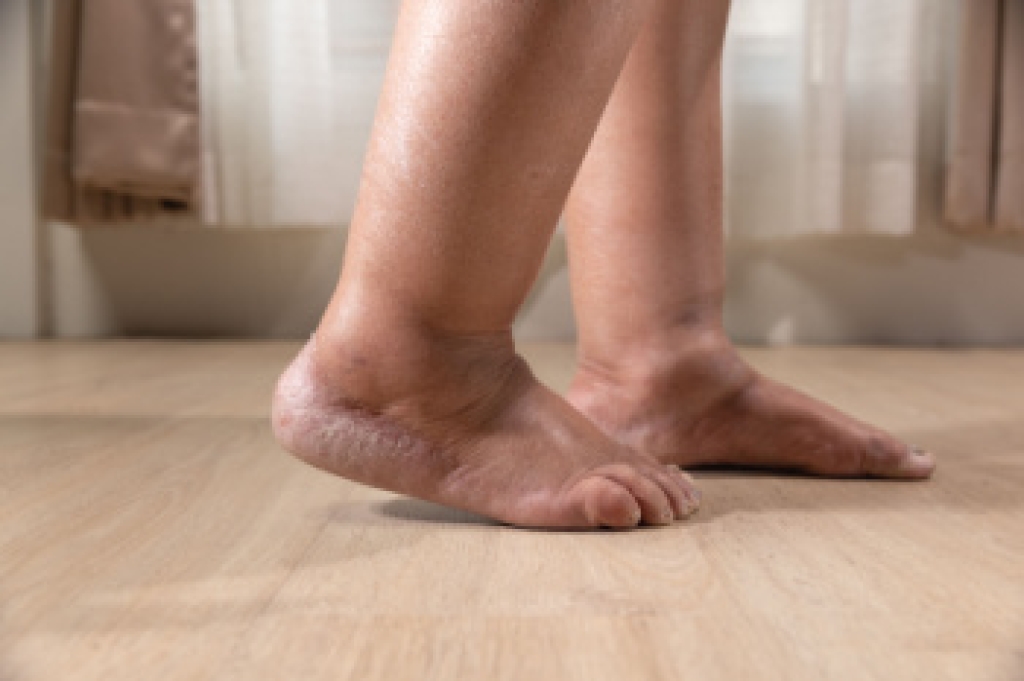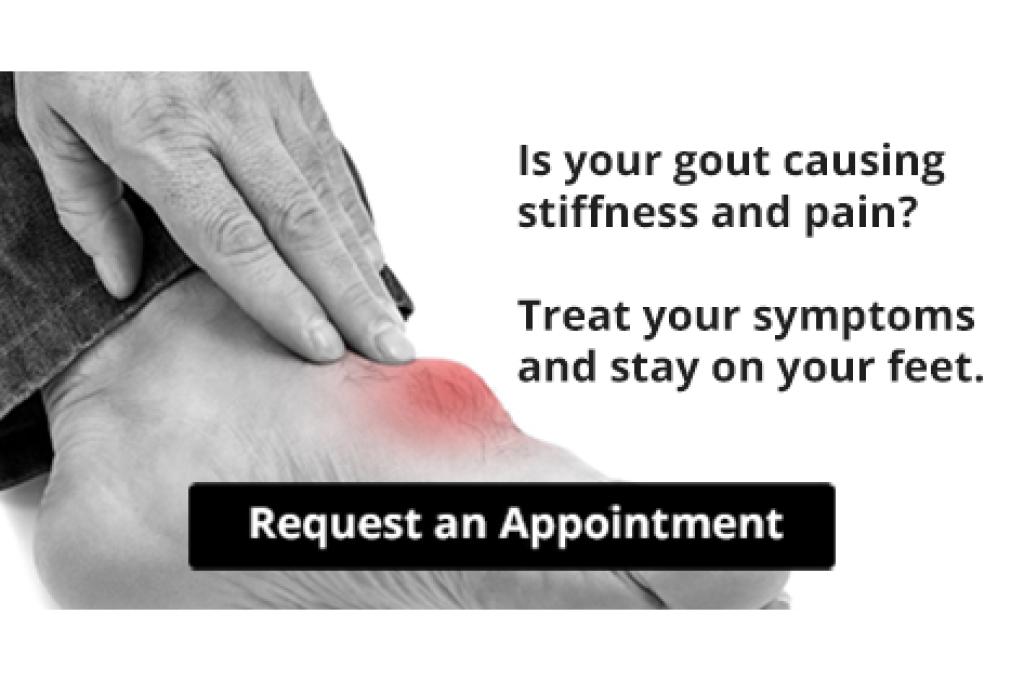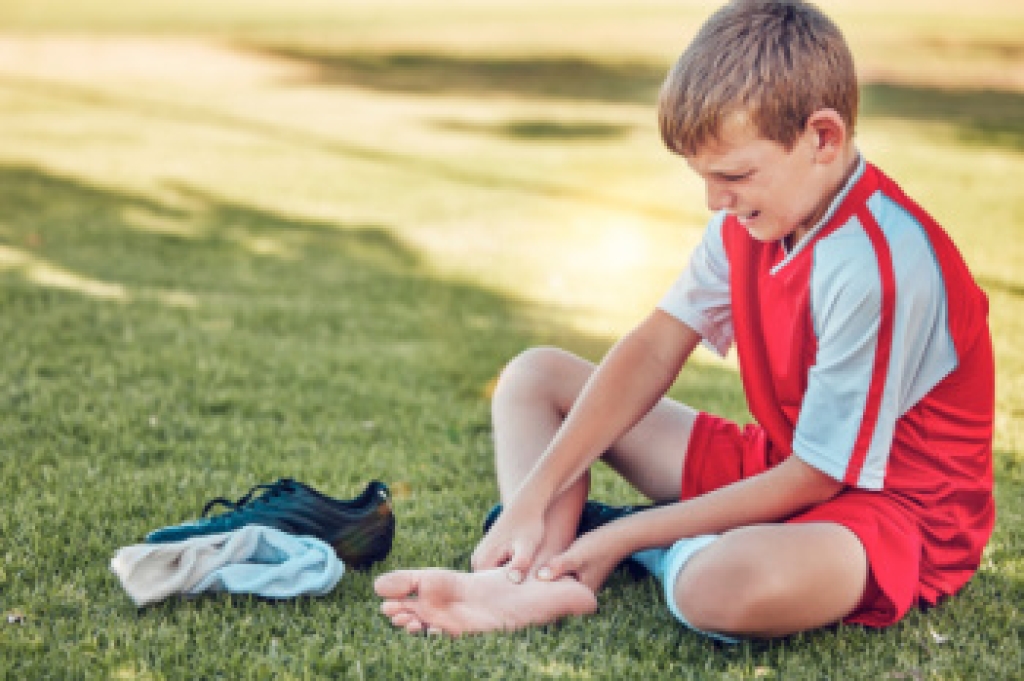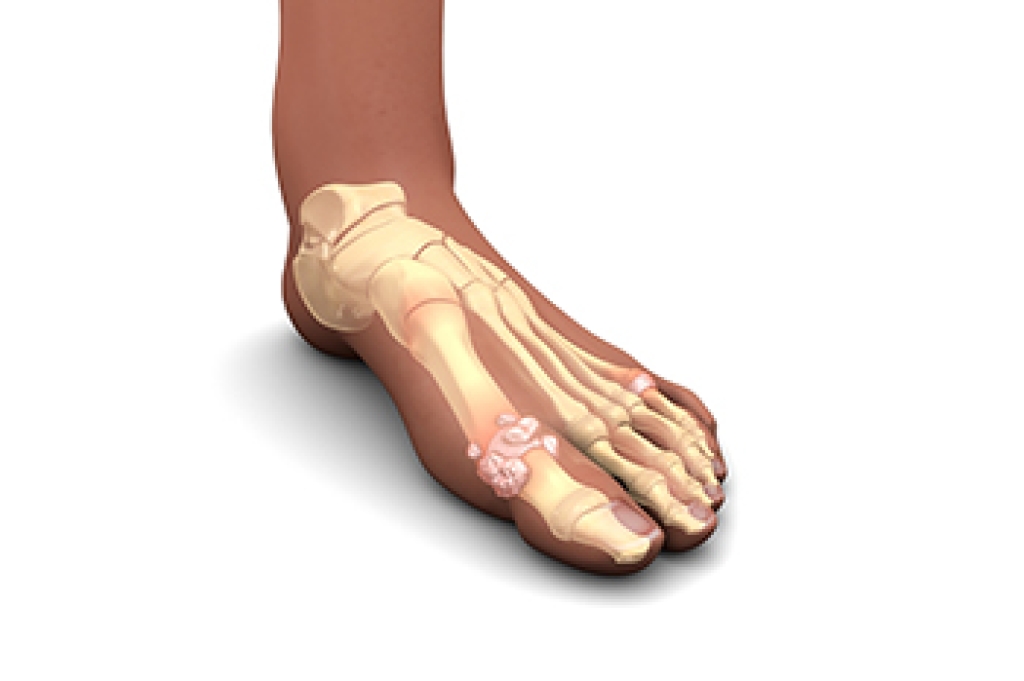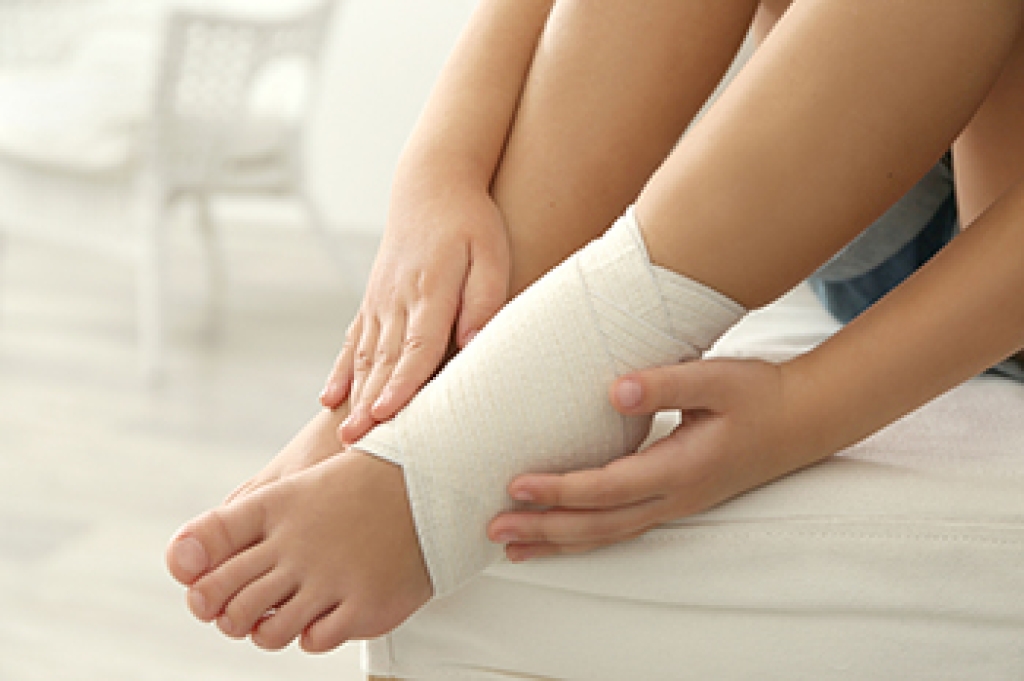
The ankle joint is a hinge joint connecting the lower leg to the foot, allowing movement for walking, running, and stability. It is supported by ligaments, tendons, and muscles that help maintain balance and absorb impact. Ankle sprains are the most common injury, occurring when ligaments stretch or tear. There are three types of ankle sprains which are lateral, medial, and high ankle sprains. Lateral sprains happen when the foot rolls outward, stretching the outer ligaments. Medial sprains are less frequent and occur when the foot rolls inward, straining the inner ligaments. High ankle sprains involve injury to ligaments above the ankle, often from twisting motions. Relief includes rest, compression, elevation, bracing, and targeted exercises. Severe cases may require immobilization or surgery. If you have sprained your ankle, it is suggested that you consult a podiatrist who can diagnose the severity and recommend appropriate care for proper healing and prevention.
Although ankle sprains are common, they aren’t always minor injuries. If you need your ankle injury looked at, contact one of our podiatrists from Carolina Foot & Ankle Specialists. Our doctors can provide the care you need to keep you pain-free and on your feet.
How Does an Ankle Sprain Occur?
Ankle sprains are the result of a tear in the ligaments within the ankle. These injuries may happen when you make a rapid shifting movement while your foot is planted. A less common way to sprain your ankle is when your ankle rolls inward while your foot turns outward.
What Are the Symptoms?
- Pain at the sight of the tear
- Bruising/Swelling
- Ankle area is tender to touch
- In severe cases, may hear/feel something tear
- Skin discoloration
Preventing a Sprain
- Wearing appropriate shoes for the occasion
- Stretching before exercises and sports
- Knowing your limits
Treatment of a Sprain
In many cases, the RICE method (Rest, Ice, Compression, and Elevate) is used to treat ankle sprains. However, you should see a podiatrist to see which treatment option would work best with your injury. In severe cases, surgery may be required.
It is important to ask your doctor about rehab options after you receive treatment for your injury. Stretching, strength training, and balance exercises may help the ankle heal while also preventing further injury.
If you have any questions, please feel free to contact our offices located in Mount Pleasant and Charleston, SC . We offer the newest diagnostic and treatment technologies for all your foot care needs.
